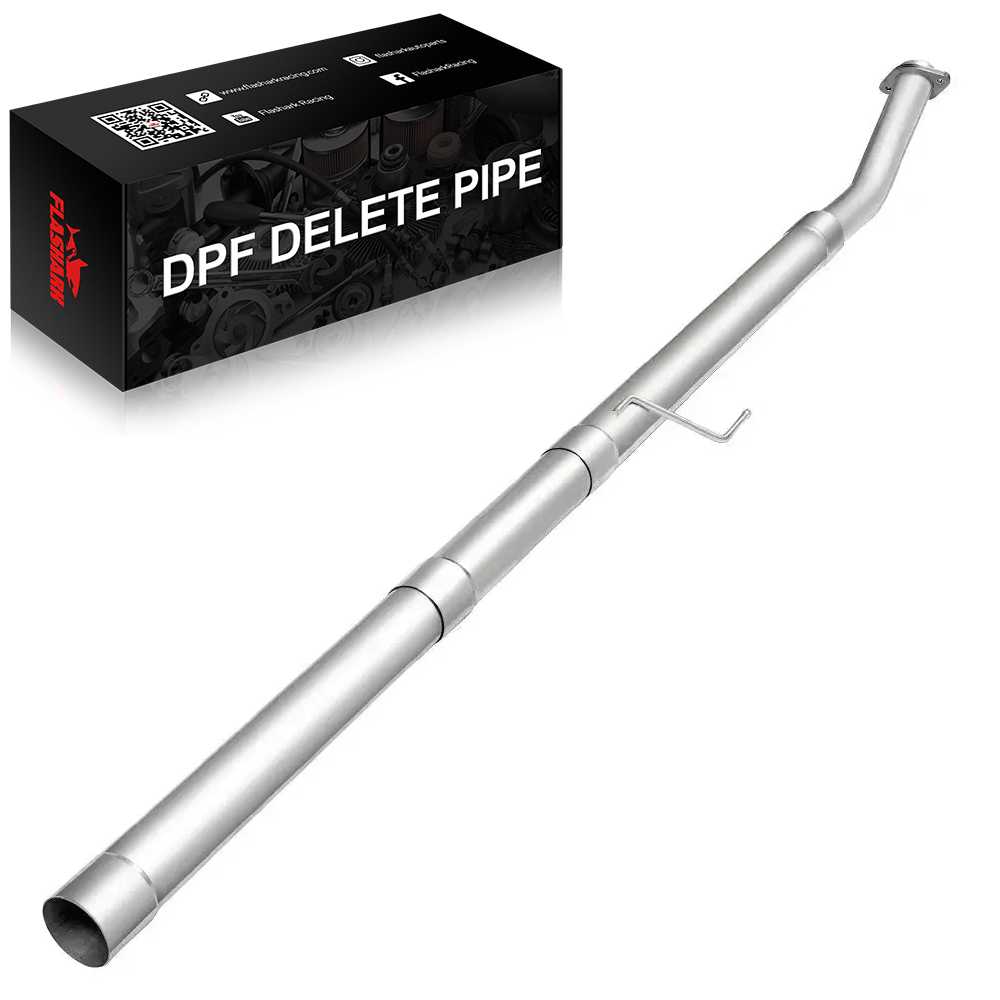Put this on my MK5 GTI and the turbo spools faster now. The deeper tone is addictive, and the install was straightforward with basic tools.
Put this catch can on my ’21 Q60. Install was straightforward, hoses lined up perfectly. Engine feels smoother on acceleration, and I’m confident it’s preventing future carbon buildup.
Put these on my ’10 G37 Coupe last month. Fitment was spot-on, install went smooth, and no rattles or leaks after a few hundred miles. Noticeable bump in power and a deeper exhaust tone without too much drone.
Installed these on my ’08 G37X over the weekend, and I’m impressed. The fitment was spot-on, no weird gaps or alignment issues. Throttle response feels snappier, and there’s a nice bump in low-end torque. The sound is a bit more aggressive but still daily-driver friendly.
I installed these on my 2012 G37 Coupe. Fitment was decent—took some effort around the steering shaft but nothing crazy. Once installed, the car feels more responsive and definitely pulls harder above 4K RPM. The sound is throatier too, especially at wide open throttle. Paired with a tune, it made a noticeable difference. So far, no leaks or issues.





